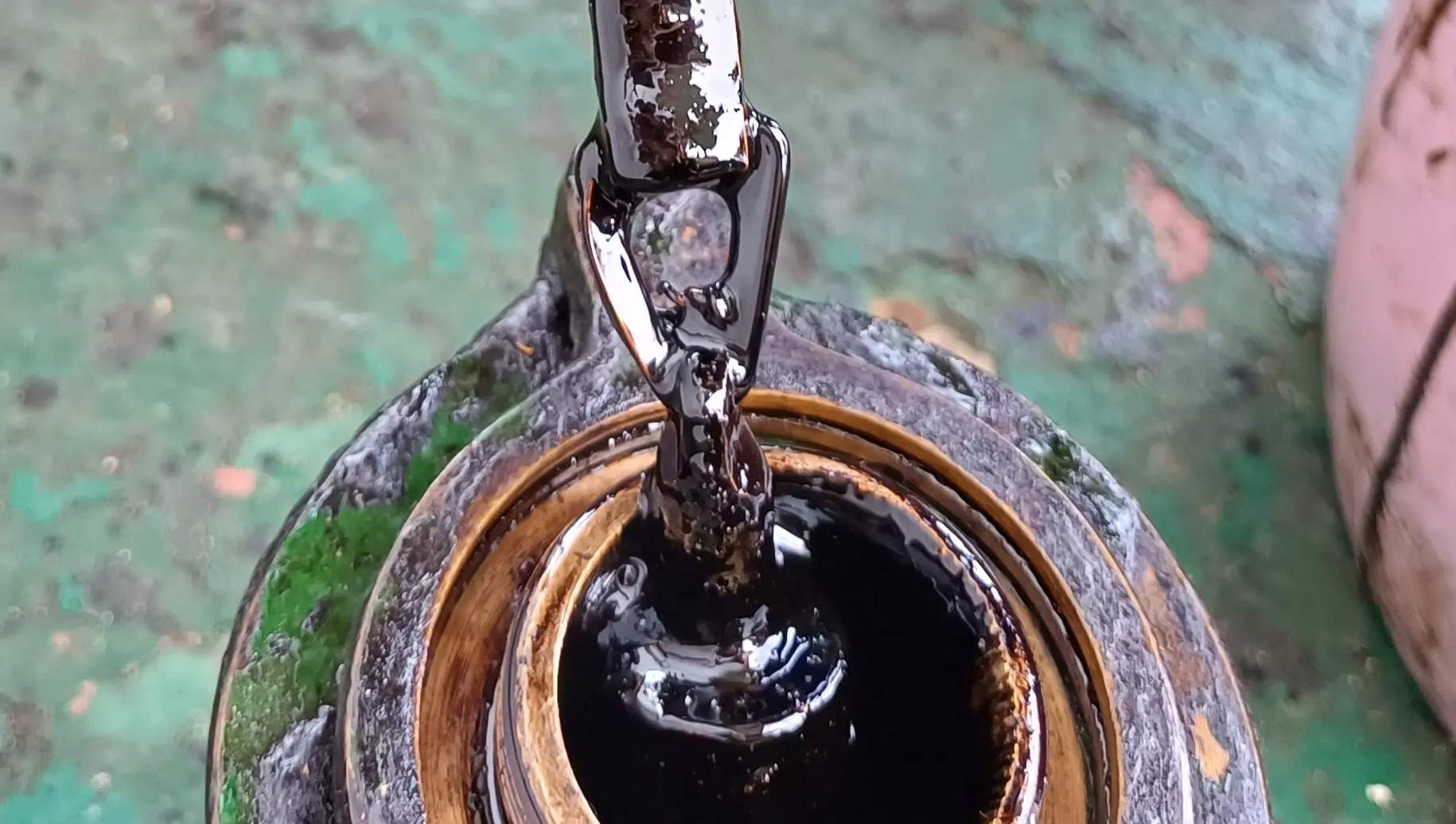
Cargo Measurement on Tanker Vessels
Cargo measurement on a tanker vessel is a critical operation used to determine the quantity of liquid cargo loaded, discharged, or remaining on board (ROB). Accurate measurement ensures proper custody transfer, commercial integrity, and compliance with regulatory and contractual obligations.
The process involves a combination of manual gauging and/or automated tank level monitoring, using internationally recognized standards such as API MPMS, ISO 4267, and MARPOL regulations. The measurement is typically conducted by a certified marine surveyor or vessel officer, and consists of the following key steps:
- Pre-Measurement Preparation
- Ullage/Sounding Measurement
- Temperature and Density Determination
- Volume and Mass Calculation
- Reporting and Documentation
Verification of cargo documentation including Bill of Lading (B/L), loading/discharge instructions, and tank calibration tables. Inspection of measurement equipment such as sounding tapes, thermometers, density meters, and closed gauging devices (e.g., MMC or HERMetic systems). Confirmation of tank status (e.g., full, empty, settling time completed) and tank conditions (e.g., clean, gas-free if required).
Ullage (distance from the tank reference point to the cargo surface) or sounding (depth from the reference point to the tank bottom) is recorded. Ullage measurements are converted to volume using certified tank calibration tables that are specific to each tank and based on the vessel's trim and list corrections.
Measurement of cargo temperature at different levels (top, middle, bottom or via an average) using certified thermometers or temperature probes. Density is determined either by on-board testing (using a hydrometer or density meter) or taken from laboratory certificate of quality (CoQ).
Observed volume (at tank temperature) is converted to standard volume at 15°C (or 60°F) using volume correction factors (VCFs) from API Chapter 11 or ISO 91. Mass is calculated by multiplying standard volume by the cargo density at 15°C. Corrections for sediment and water content are made as per ASTM D95, D96, or D473 test methods, where applicable.
Preparation of the Cargo Quantity Report (CQR) or Tank Inspection Report, including:
Observed and standard volume
Gross and net quantities
Temperature and density readings
ROB and WIP (Water in Product), if any
Time-stamped records of measurement
Reports are typically countersigned by the vessel’s officer and independent surveyor (if appointed), and form the quantitative basis for commercial settlement. Cargo measurements must be carried out consistently, with high precision and full transparency, particularly in operations involving high-value products such as crude oil, refined petroleum products, or chemical cargoes. Compliance with MARPOL Annex I, SOLAS, and charter party terms is essential to maintain operational and legal integrity throughout the cargo handling process.
